My students are making quick progress on their project proposals – this is largely due to the fact that they have been working together (and living together) since last semester; this is another advantage of the living learning community model. Below are links to their blogs. Please send them comments. Finding Ways to Fight Childhood […]
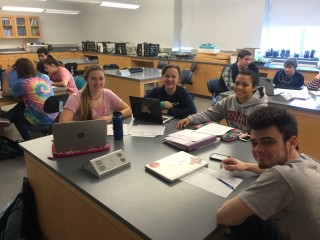
This week the amazing students in my course, “The Other Side of Possible,” have chosen three projects to pursue and are working in groups. The way the projects were chosen was interesting. Here is the process: I worked with the students in class to determine how we would choose the three group projects and we, […]
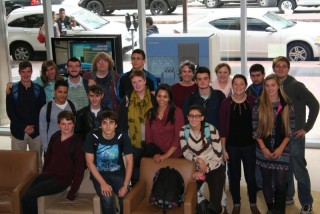
Feb-2016
Last semester I began working with an amazing group of first-year students who are living together in a community on my college campus. The students are all interested in a variety of disciplines in the sciences (e.g., biology, computer science, math, chemistry, and physics). They all took a course with me last semester called, “Integrative […]
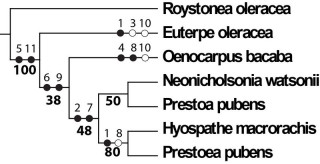
Dec-2013
Students in my Plant Evolution course (BIO365) presented the work they did in my class this semester during a mini-poster session. Check out all the cool plant posters up in the Biology Department hallway!
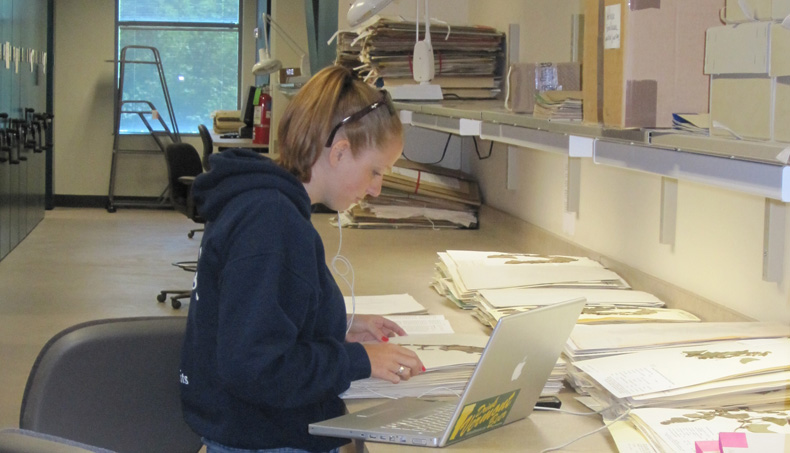
Aug-2013
Check out this link (movie produced by NOWNESS and Kew Gardens) to find information about the plant family tree of life and the history of Kew Gardens.
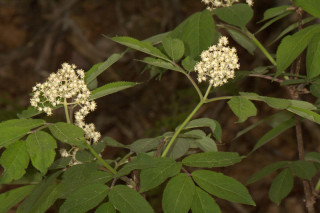
Jun-2013
Sambucus racemosa L. is a common shrub growing in deciduous forests. Luke and I hiked Pack Monadnock on our anniversary and saw this shrub near the peak. Stutchberry et al. (2005) found that the most frequent frugivores on the red fruits of this plant are Scarlet Tanagers and Rose-breasted Grosbeaks. In fact, their study suggests […]
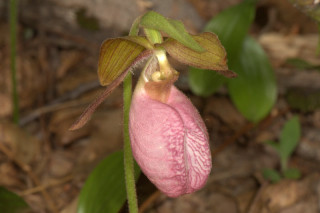
Cypripedium acaule Ait. is a common orchid growing in deciduous forests. Luke and I hiked Pack Monadnock on our anniversary and saw our first Lady’s Slipper Orchids in bloom. You can see that the pollinium (the pollen sac that attaches to bumblebee pollinators) is still in place. Pink Lady’s Slipper Orchids attract their pollinators by […]
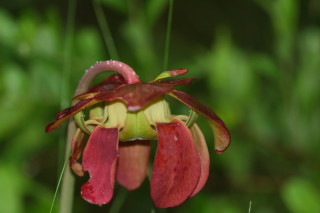
I was out in Ponemah Bog again this week and found Sarracenia purpurea L. (purple pitcher plant) in flower. These plants are carnivorous and most people think that the pitchers are the flowers, but they are actually leaves that are modified to capture and digest insects (see Ponemah Bog blog post). Below are pictures of […]
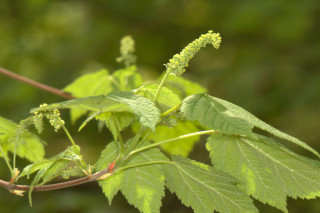
Jun-2013
Acer spicatum Lam. is a common shrub or small tree growing in deciduous forests. Luke and I were on a hike on Pack Monadnock when we saw the plant in bloom. Another common name for this plant is moose maple because it is an important food source for the animals. The plant is in the […]
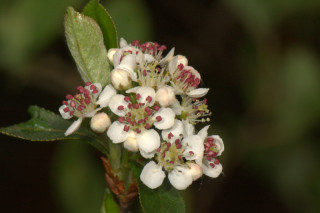
Jun-2013
Aronia floribunda (Lindl.) Spach is a common shrub in wetlands. I have seen it at Ponemah Bog and Pawtuckaway State Park. This plant is probably a hybrid between Aronia arbutifolia and Aronia melanocarpa. It is most similar in general appearance to A. melanocarpa. A. floribunda has leaf undersides that are very hairy. The plant is in […]
